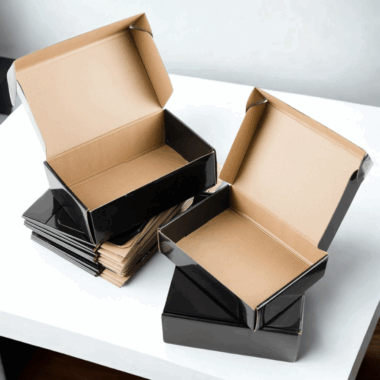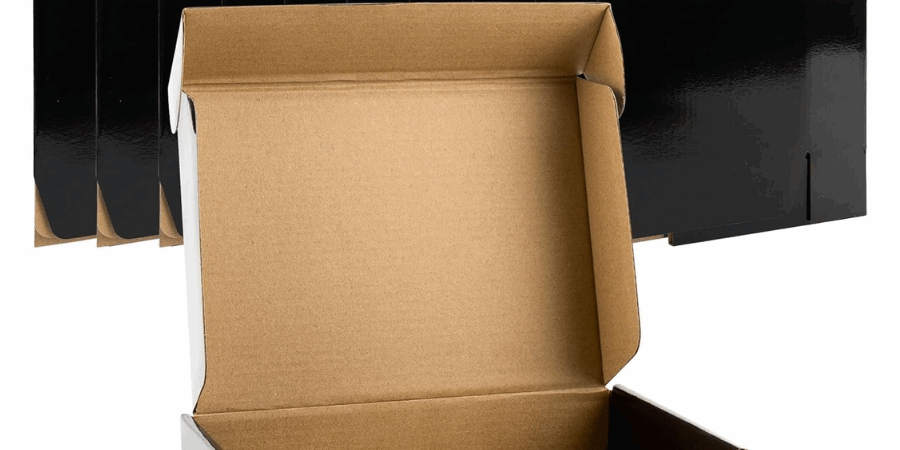🎨 Introduction: The Power of Color in Packaging
Color consistency is more than just visual appeal—it’s a key component of brand identity. Whether your boxes are displayed on store shelves or delivered directly to customers, accurate colors help reinforce your brand’s image and professionalism.
One of the biggest challenges for packaging designers is maintaining that same shade of red, blue, or green across multiple print runs. To solve this, manufacturers use two major color systems: Pantone Matching System (PMS) and CMYK process printing.
Working with a professional Printed Packaging Boxes Manufacturer can help you decide which color model best suits your brand, materials, and production budget.
🧭 Pantone Colors: Precision and Control
The Pantone Matching System (PMS) is a standardized color library where each shade has its own unique code—like Pantone 186C or 286U. It’s widely used in luxury packaging, logos, and product branding.
💡 Key Advantages:
-
🎯 Exact color reproduction: Ensures your logo red looks identical across print runs and materials.
-
🧪 Consistency across media: Pantone colors are calibrated for offset, digital, and even textile applications.
-
⚙️ Great for spot graphics: Ideal for packaging designs with limited color zones but high precision requirements.
⚠️ Limitations:
-
💰 Higher cost: Each spot color adds setup and ink cost.
-
📦 Limited color range: Pantone is ideal for solid hues, not gradients or images.
For high-end packaging—such as cosmetics or jewelry boxes—Pantone printing offers a premium finish that justifies the investment.
🖨 CMYK Process Printing: Versatility and Efficiency
CMYK (Cyan, Magenta, Yellow, Black) printing blends four base inks to create a wide color spectrum. It’s the go-to choice for image-heavy designs, gradients, or large-scale packaging production.
⚙️ Advantages:
-
🧾 Economical for full-color runs: Lower per-unit cost on large quantities.
-
🌈 Wide range of shades: Great for photorealistic prints or marketing graphics.
-
⚡ Faster turnaround: Especially for digital or short-run packaging.
⚠️ Challenges:
-
🎨 Color variation risk: Small differences in ink density or paper absorption can alter the final color tone.
-
📋 Less consistent across substrates: Colors may shift slightly between coated and uncoated materials.
If your brand produces subscription boxes or D2C kits, CMYK’s flexibility makes it the smarter, cost-effective option.
🔍 Pantone vs CMYK: How to Choose
| Criteria | Pantone (PMS) | CMYK |
|---|---|---|
| Color Accuracy | Extremely precise | Approximate blend |
| Best For | Logos, luxury, brand colors | Photos, gradients, e-commerce |
| Setup Cost | Higher (spot inks) | Lower (standard inks) |
| Repeatability | Excellent | Good, but depends on printer calibration |
| Sustainability | Possible with water-based spot inks | Possible with digital eco-inks |
Your Custom Cardboard Boxes Manufacturer can even combine both methods—using CMYK for backgrounds and Pantone for the logo—to achieve balance between quality and cost.
🧰 Tips for Perfect Color Matching
✅ Request physical Pantone swatches for sign-off before production.
✅ Always test print on the same material type as your final box.
✅ Confirm printer calibration if using multiple production sites.
✅ For CMYK, define ICC color profiles and maintain humidity-controlled storage to avoid paper tone shifts.
By standardizing these steps, your printed packaging will maintain consistent tones from prototype to mass run.
🌿 Sustainability Meets Aesthetics
Modern eco-friendly inks—soy-based, water-based, or UV-curable—work with both Pantone and CMYK systems. This allows brands to stay sustainable without compromising print vibrancy.
Even recycled cardboard can achieve premium color accuracy with proper coating selection and pre-press calibration.
🧾 Conclusion: Balance Brand Integrity a
nd Production Scale 

Pantone ensures perfect color fidelity, while CMYK brings efficiency and flexibility.
Most successful brands strategically use both: Pantone for the logo, CMYK for the imagery, ensuring every packaging run communicates quality and consistency.
For expert color management and printing precision, partner with an experienced Printed Packaging Boxes Manufacturer who understands both systems—and coordinate early with your Custom Cardboard Boxes Manufacturer to align materials, coatings, and finishes.







